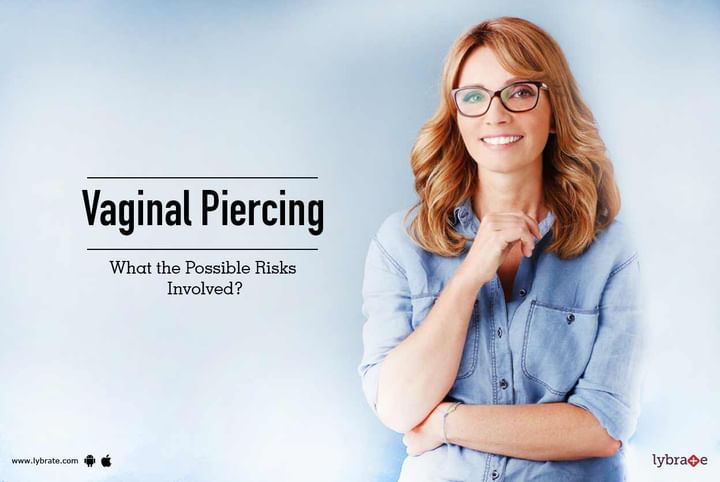Vaginal Piercing - What the Possible Risks Involved?
Piercing is a form of body ornamentation. It involves the use of needles to pierce through the skin and attach a piece of jewellery to the skin. The purpose of piercing is to beautify and in case of genital piercing, it comes with the additional perks of sexual stimulation. However, this completely depends on individual preference. In the female genital anatomy, several parts are suitable for piercing. This includes the clitoral hood, the labia and the vulva vestibule.
How piercing should be done?
1. The skin around the area where the piercing is to be done must be cleaned with antiseptic.
2. A topical anaesthetic may be applied to temporarily numb the area to be pierced. This helps to control pain.
3. Any piercing must be carried out by a licensed, well-practised professional.
4. Piercing must be done with the use of new, unused, sterilized needles, which are easily disposable.
5. After-care must be provided immediately after the piercing. This includes the application of medicated healing creams, or an ice pack that relieves the pain of piercing. Typically a piercing should heal completely by the sixth week.
Risks associated with vaginal piercing
1. Wrong technique of piercing can lead to uncontrollable bleeding and wounds.
2. Poor placement of jewellery can cause the piercing to heal very slowly and painfully.
3. Poor sterilization of needles and unhygienic methods can cause severe skin infections and other complications.
4. Tearing of skin or sagging of the clitoral hood, or labia can occur due to the improper weight of the jewellery placed.
5. Spread of genital disease may occur if the piercer does not use gloves or antiseptic during the procedure.
Never opt for a piercing just because your friends are getting it done. A healthy method of getting pierced involves an understanding of your anatomy, skin type, tolerance of certain kinds of metal on your skin and extremely hygienic conditions. It sure is fashionable and may appeal to people with a different sense of aesthetics, but you must never ignore the risks. Do a thorough background check of the piercer you would like to visit and the possible after care products that you can use. It would also help to quickly get a check up done by a doctor before going ahead with the piercing. If you wish to discuss about any specific problem, you can consult a doctor and ask a free question.



+1.svg)
